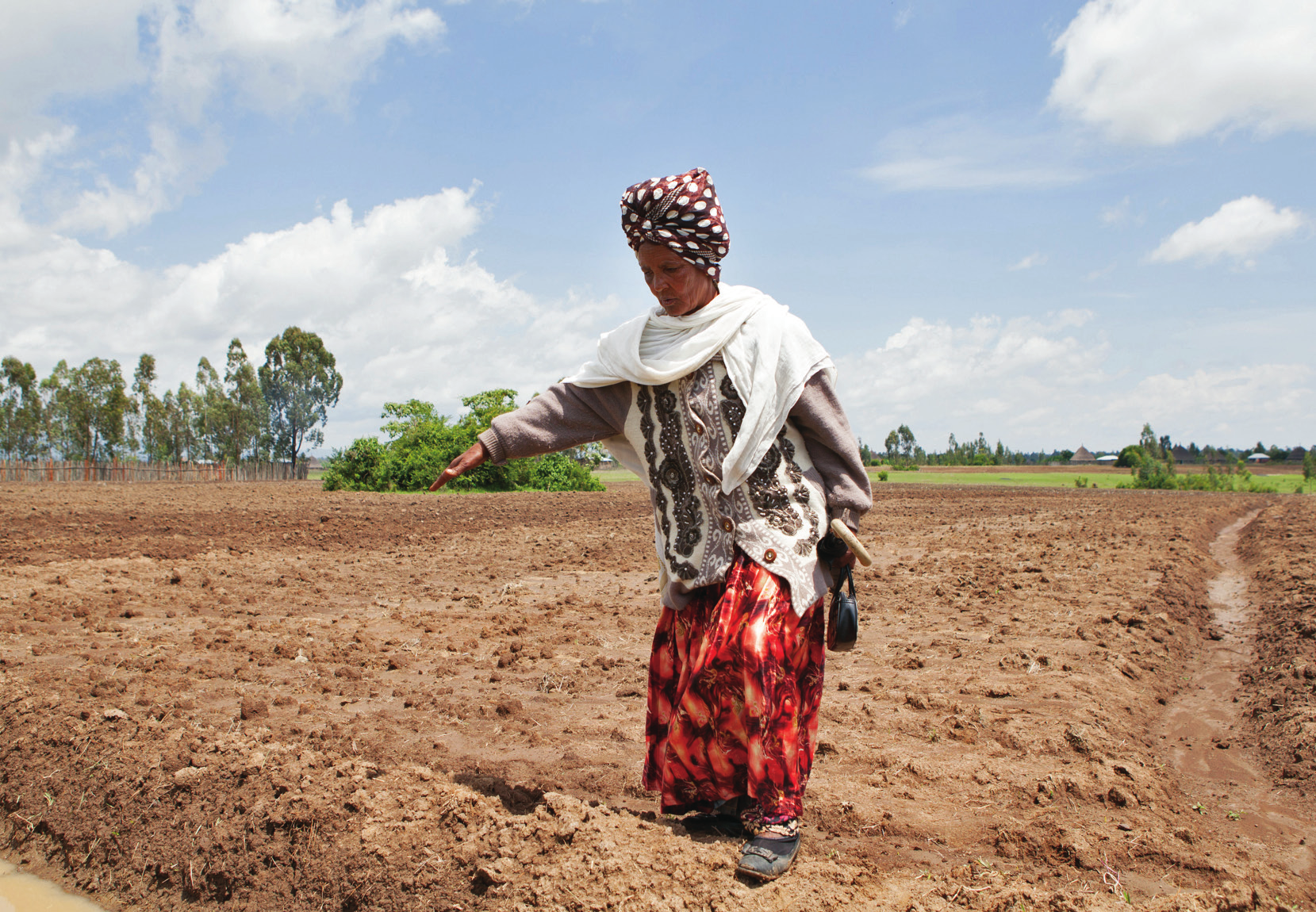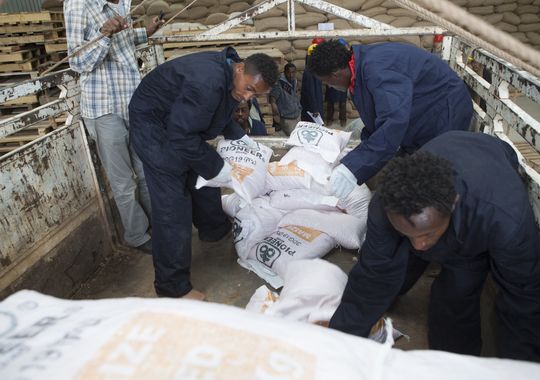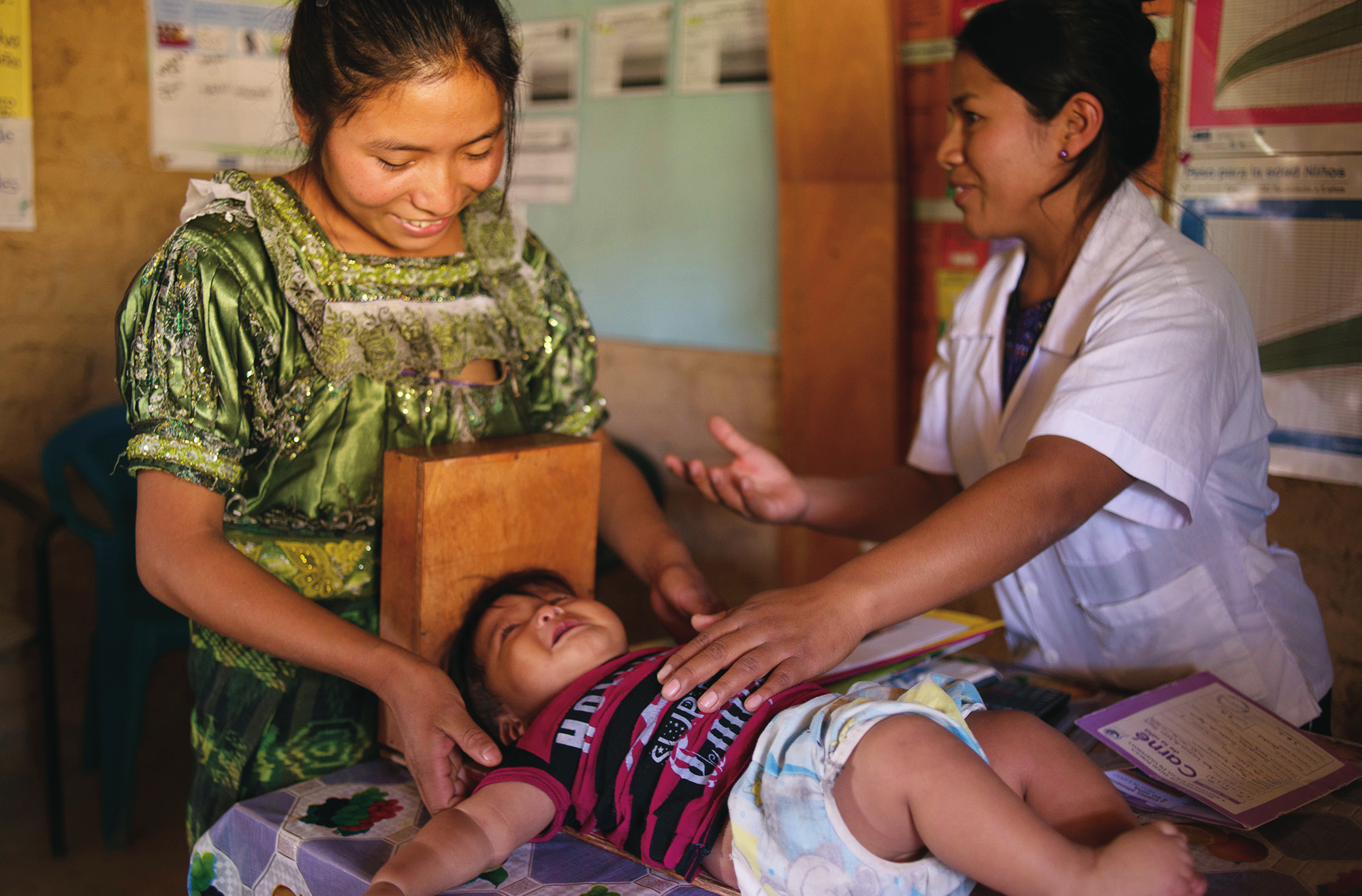This lesson is written as a series of notes for the facilitator.
CCSS.ELA-LITERACY.RH.11-12.7
Integrate and evaluate multiple sources of information presented in diverse formats and media (e.g., visually, quantitatively, as well as in words) in order to address a question or solve a problem.
Essential Questions:
Do you agree with Obama’s Feed the Future Plan?
Warm-up:
1. Brainstorm ideas using Padlet on how to solve the world’s hunger problem.
Introducing the Lesson:
In 2009, President Obama launched an initiative to help feed the world’s poor called Feed the Future. Multinational companies as well as taxpayer dollars help fund the initiative. The plan, not passed by Congress but by a White House initiative, calls for multinational companies to pair up with farmers from developing countries. These companies teach newer, more effective methods of farming and provide seeds for the first year. The result is that farmers see greater results and greater yield encouraging them to plant similarly the next year and create a better lifestyle for their families. The downfalls are that governments are slow to act on policy and legal changes and the question of whether the initiative will continue after Obama’s presidency.
This lesson will use all of the sources in the project: Read the introduction to gain basic knowledge of this particular topic. Then view/read the following resources provided.
- New Approach to Food Aid: DuPont, U.S. Help African Farmers
- USAID in Ethiopia: Feed the Future
- Ethiopia and Guatemala: Fragile Future for Food Aid
All articles were written by journalists from the Pulitzer Center, an organization that supports international journalism.
Conclusion:
Creating a Plan to Engage Our Communities
Students will complete the pro/con graphic organizer to help them decide their stance.
Choose 5 volunteers to sit in a discussion circle.
Leave 2 additional spots open as “hot seats.” These spots are for the audience to enter the discussion as they choose.
Students in the circle will politely discuss what they have read and whether they agree or disagree with the initiative. All students in the discussion circle must participate. They can bring up new questions and points of discussion if appropriate to the topic.
The audience will log, comment, and journal about the discussion as they listen. If they feel they would like to participate, they can take a hot seat.
After 20 minutes, switch roles. Choose 5 new students to be in the discussion circle. Audience will log and hot seats are available. This technique should allow almost all students to participate.
Challenge:
To challenge students even more, you may want to assign students their roles as pro and con. They would have to argue in favor of their personal opposing view.













